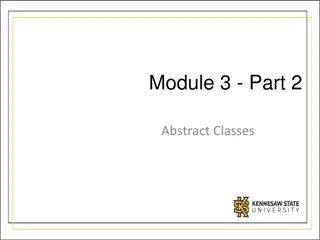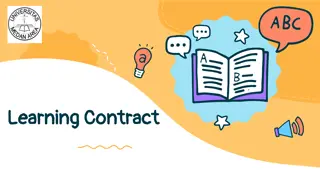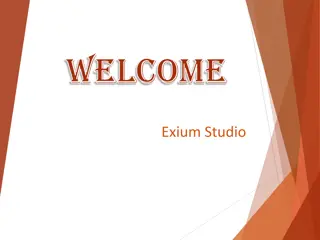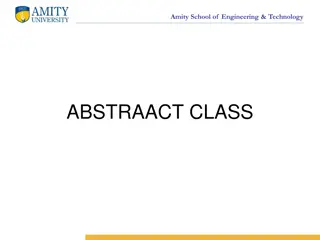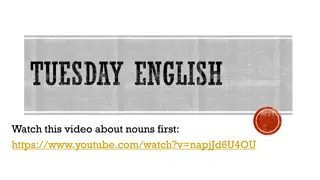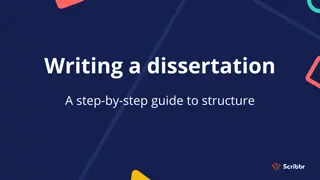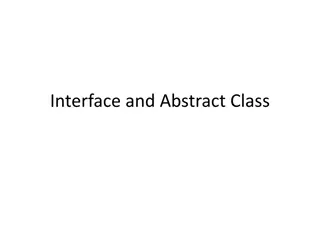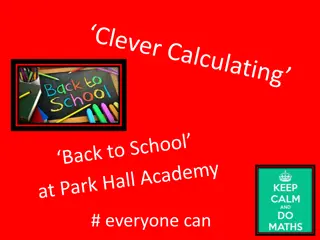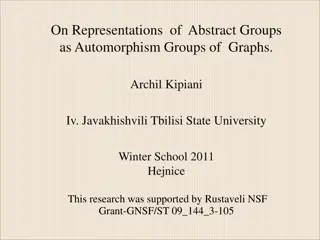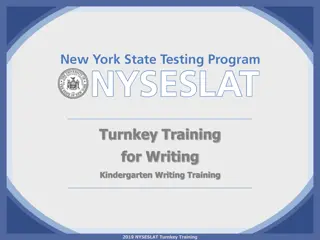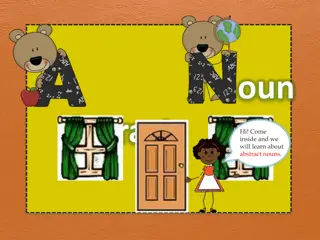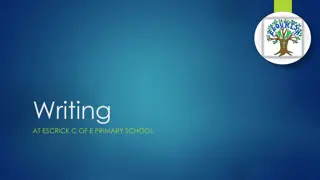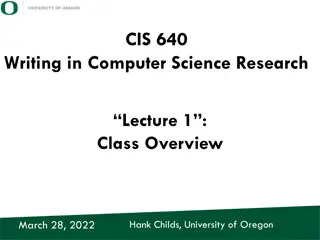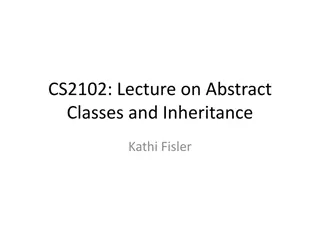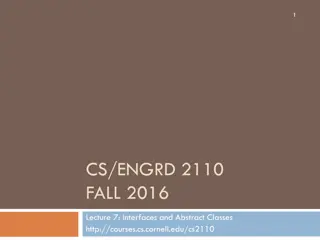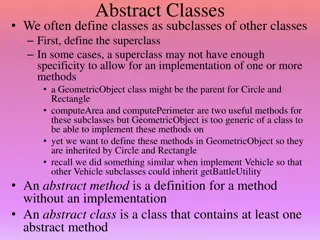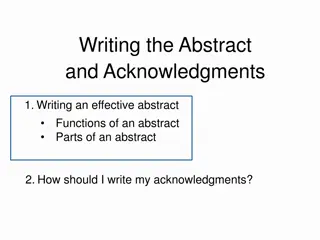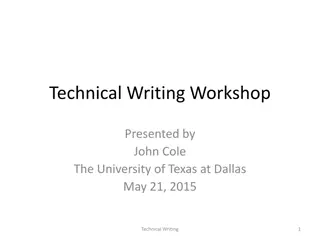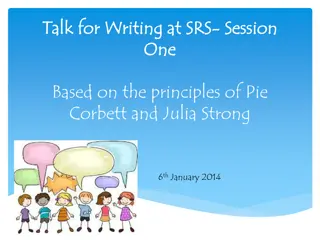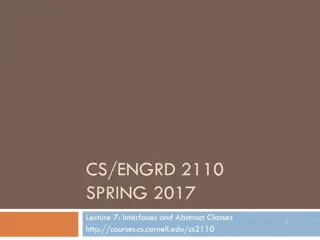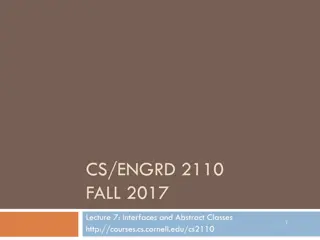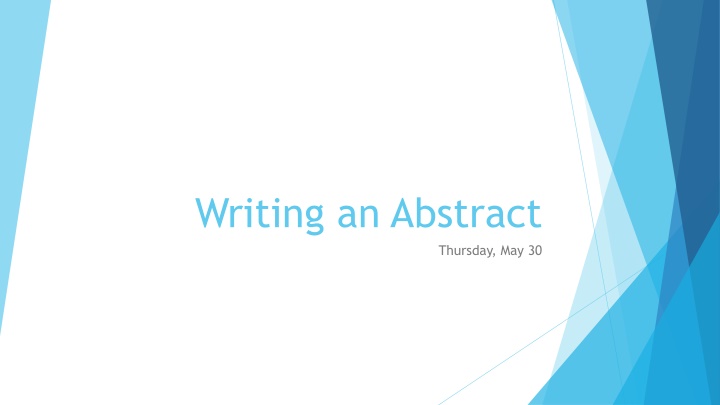
Crafting an Effective Abstract in Academic Writing
Learn the essentials of writing a compelling abstract, an integral part of academic articles. An abstract serves as a concise summary, influencing readers' decision to delve deeper into the content. Discover how to create an accurate, coherent, and readable abstract that highlights the key aspects of your research without evaluation. Ensure your abstract is informative, yet succinct, and mirrors the article's purpose and findings. Master the art of crafting an abstract that effectively represents your work to engage readers from the outset.
Download Presentation

Please find below an Image/Link to download the presentation.
The content on the website is provided AS IS for your information and personal use only. It may not be sold, licensed, or shared on other websites without obtaining consent from the author. If you encounter any issues during the download, it is possible that the publisher has removed the file from their server.
You are allowed to download the files provided on this website for personal or commercial use, subject to the condition that they are used lawfully. All files are the property of their respective owners.
The content on the website is provided AS IS for your information and personal use only. It may not be sold, licensed, or shared on other websites without obtaining consent from the author.
E N D
Presentation Transcript
Writing an Abstract Thursday, May 30
Overview Definition Brief, comprehensive summary of the contents of the article Allows readers to survey the contents of an article quickly Importance First contact of article in literature search Readers frequently decide based on the abstract to read the remainder of the article 150-200 words
A good abstract is Accurate Nonevaluative Coherent and readable Concise
Accurate Correctly reflect the purpose and content of the article Do not include extraneous information that is not in the body of article If the study extends or replicates previous research, mention in abstract Tip: compare abstract to an outline of the article s headings to verify accuracy
Nonevaluative Report rather than evaluate Do not add to or comment on what is in the body of the manuscript
Coherent and readable Write in clear and concise language Verb tense Present talk about general facts, the paper itself or an analysis of findings Past to talk about actual results
Concise Make each sentence maximally informative but also brief Highlight most important parts Do not repeat the title Use specific keywords relevant to your project
Empirical Study STEM group, Luis, Shalane Problem under investigation Participants (demographics) or animals (genus & species)* Essential features of study method Basic findings effect sizes and confidence intervals, statistical significance Conclusions and implications or applications
Rapid Review/Meta-Analysis Destanee & Josh The problem or relation(s) under investigation Study eligibility criteria (inclusion criteria) Main results/themes Conclusions and limitations Implications for theory, policy, and/or practice
Historiography Jawaun Present the basic idea you want to convey through your paper Identify the problem/gap in literature Identify how your project will fill in the gap Material used in project Approaches to make connections within material Conclusions drawn from material Implications

